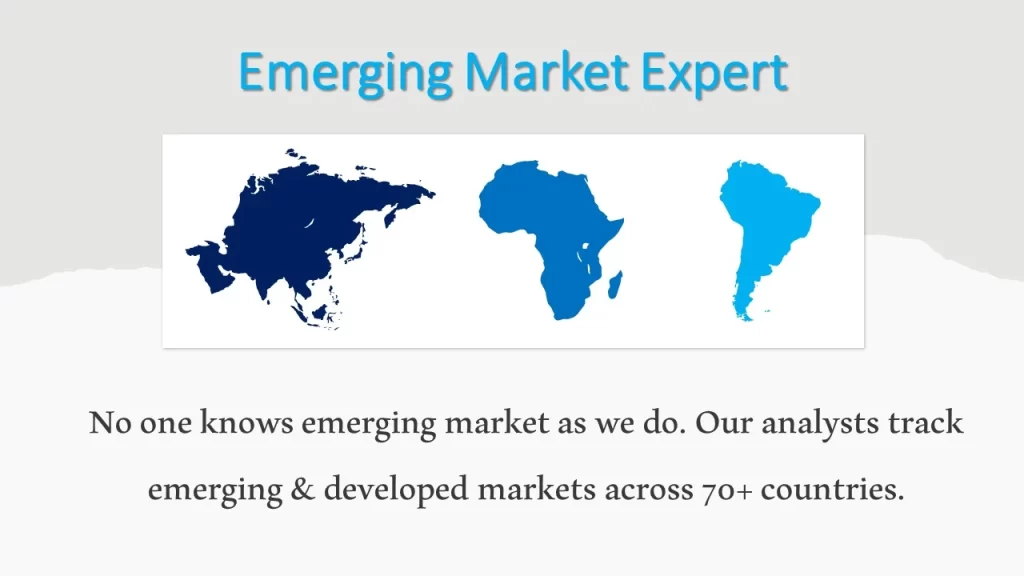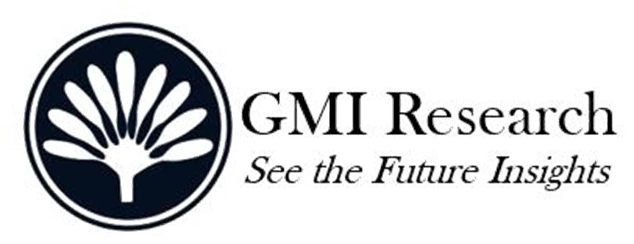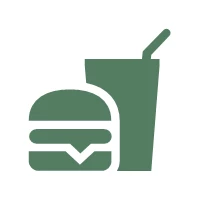China Animal Feed Market is forecast to grow at steady expansion rate in the coming years owing to the increasing poultry and meat consumption, the rising household incomes, as well as growth in population and rapid urbanization.
China Animal Feed Market Overview
As the population increases and living standards improve, there has been a gradual rise in meat consumption in China and consequently the animal feed production is anticipated to sustain its upward trajectory to meet the growing demand. The production volume of animal feed in China totaled 228.85 million MT in recent years, where the regions of Shandong and Guangdong produced more than 30 million MT each, with additional production exceeding ten million MT in areas such as Jiangsu, Guangxi, Sichuan, Henan, Liaoning, Hebei, Hunan, and Hubei.
Major China Animal Feed Market Drivers
The rising need in China for feed ingredients to sustain its expanding animal protein consumption and production has significant implications for agricultural markets on a global scale. In the 2014 and 2015 period, China held the position of the largest importer globally for soybeans, barley, rapeseed, and other essential components in both direct and indirect animal feed applications. Corn, primarily utilized in animal feed, has become the nation’s primary crop surpassing both rice and wheat, while China also ranks among the top consumers and producers of feed additives such as lysine. However, over the past forty years China has shifted from a predominantly plant-based diet to increased meat consumption, resulting in its status as the world’s top livestock products producer and the largest animal feed manufacturer.
Why Purchase a Standard Report When You Can Customize this Report
Please Let us know your Customization Requirements
The growth of China animal feed market is anticipated to grow in the years ahead as the trend of urbanization and rising living standards will likely lead to higher levels of animal protein consumption. The expansion and modernization of the aquaculture and livestock industries will promote the adoption of commercial feeds, advocated by the Minister of Agriculture in China for a swift move from backyard farming to larger-scale operations closely integrated with processing companies where above-scale farms already dominate the egg industry. Meanwhile, China’s utilization of commercial feed in the sheep and cattle sectors is currently limited, but there is a potential growth as these segments increasingly embrace commercial production models.
The other factor contributing to the growth of China animal feed market size is the roles and initiatives from the government, including the five-year strategy for the feed sector which outlines a plan to transition the country from a large-scale producer to a dominant player by modernizing and consolidating smaller mills. The Ministry of Agriculture’s initiative to relicense feed mills in 2014 was ostensibly focused on enhancing feed quality and safety standards, but the campaign was also intended to reduce oversupply by shutting down mills that were not equipped with modern technology, quality control standards, or sufficient testing capabilities.
However, despite the pivotal role of government officials in initiating China animal feed market, its rise as the global leader in feed production largely stems from the growth of privately owned enterprises. In fact, China’s strict environmental regulations have led to the shutdown of many small-scale and outdated farms, creating substantial opportunities for larger players to increase their market share. Given these circumstances, increased concentration in industrial production and overall industrialization levels have boosted demand for animal feed once again. As the Chinese government is reforming the supply side of agriculture, there is a broader implementation of environmental regulations and enhanced food safety measures throughout the country. Consequently, there is an avoidable trend towards increased concentration and larger-scale production across the entire animal feed industrial chain in China, which encompasses the amino acids industry at its source to its utilization in livestock farming downstream.
In addition, the emergence of African swine fever in 2018 caused a portion of the pork consumption market to be taken over by other types of meat products, which reshaped the structure of animal husbandry sector and the formulation of animal feed in China, in which there was a noticeable decline in the share of swine feed while the share of ruminant, aquatic, and poultry feed saw an increase. However, the resurgence of the swine husbandry sector was expected to lead to an increased share of feed for this livestock during the period from 2021 to 2023. Despite the ASF epidemic causing a significant decrease in the production and demand of swine feed, China’s overall animal feed production saw a slight uptick of 100,000 metric tons in 2019. The rise is primarily due to the transition in meat demand towards ruminant and poultry products, which consequently led to a substitution in feed demand among livestock and thereby preventing a decrease in overall output volume. In 2020, the resurgence of the swine farming sector following ASF resulted in increased swine feed demand, driving China’s total feed consumption in the animal sector returning to its upward trajectory.
Furthermore, due to the extensive swine fever outbreak in China and lesser extents in other nations, the global production of animal feed decreased for the first time and the US production of animal feed has exceeded that of China after a decade-long gap. However, expectations suggest that China will reclaim its position as the largest consumer of animal feed in the coming years, surpassing the US once again. Despite China’s above-average pork consumption on a global scale, there is considerable potential for growth in beef and poultry meat. The animal feed sector is seeing opportunities for development, driving consolidation among industry leaders which is expected to drive up the country’s need for oil meals, whether sourced locally through crushing or by means of imports. In addition, the relatively low average beef consumption per capita in China creates a promising opportunity for foreign beef suppliers to extend their market penetration into the country. It is also a chance for palm kernel cake producers to tap into the potential growth in demand for ruminant feed, especially if China promotes domestic breeding among livestock industry participants.
China animal feed market is forecasted to maintain its growth trajectory in the coming years mainly due to China’s successful efforts in effectively controlling the spread of covid outbreak and saw a 2.3% increase in economic growth, in stark contrast to the negative impact felt in other parts of the world. The significant rise in poultry feed production presents an intriguing sector to monitor in the upcoming years whether it can sustain its high level and maintain to hold the largest share across all feed categories manufactured in the nation. In theory, the substantial rebound in swine product demand particularly for swine feed anticipated to reduce demand for alternative animal feed types or consolidate market share to achieve higher levels than other sectors of animal feed, but contrary to expectations, this trend is not taking place in China. The main reason behind this is the transition to large-scale and structured poultry farming, which involves replacing small backyard farms that have poor hygiene conditions. In addition, proper farm management, which emphasizes operational efficiency and cost control, has stabilized the growing demand for mixed poultry feed.
However, one of the main challenges for China animal feed market is the fluctuating prices of feed ingredients, as feed compositions generally combines grains and assorted minerals which prices susceptible to factors like weather and international commodity markets. Additionally, issues with regulatory compliance and maintaining the safety and quality of feed products can pose further challenges for the development of this market.
Segments covered in the Report:
The China Animal Feed Market has been segmented on the basis of type and product. Based on the type, the market is segmented into swine, poultry, aquaculture, ruminant and others. Based on the product, the market is segmented into pellets, mash, crumbles.
|
Report Coverage |
Details |
| Market Revenues (2023) |
USD Million |
| Market Base Year |
2023 |
| Market Forecast Period |
2024-2031 |
| Base Year & Forecast Units |
Revenues (USD Million) |
| Market Segment | By Type , By Product |
| Regional Coverage | China |
| 25% Free Customization Available | We will customize this report up to 25% as a free customization to address our client’s specific requirements |
Market Segmentation
China Animal Feed Market by Type
-
- Poultry
- Swine
- Ruminant
- Aquaculture
- Others
China Animal Feed Market by Product
-
- Pellets
- Mash
- Crumbles
Related Reports
- Published Date: July-2024
- Report Format: Excel/PPT
- Report Code: GR24AB-01-00279
Licensing Options
Single-User License:
The report is used by the purchaser (One Individual) only
Multi-User License:Report is shared with maximum 5 users (employees) including the purchaser of the purchasing corporation only
Corporate License:
Report is shared with unlimited user (employees) of the purchasing corporation only
The report is used by the purchaser (One Individual) only
Multi-User License:Report is shared with maximum 5 users (employees) including the purchaser of the purchasing corporation only
Corporate License:
Report is shared with unlimited user (employees) of the purchasing corporation only
China Animal Feed Market and Analysis Report – Opportunities and Forecast 2024-2031
$ 4,499.00 – $ 6,649.00
Why GMI Research







